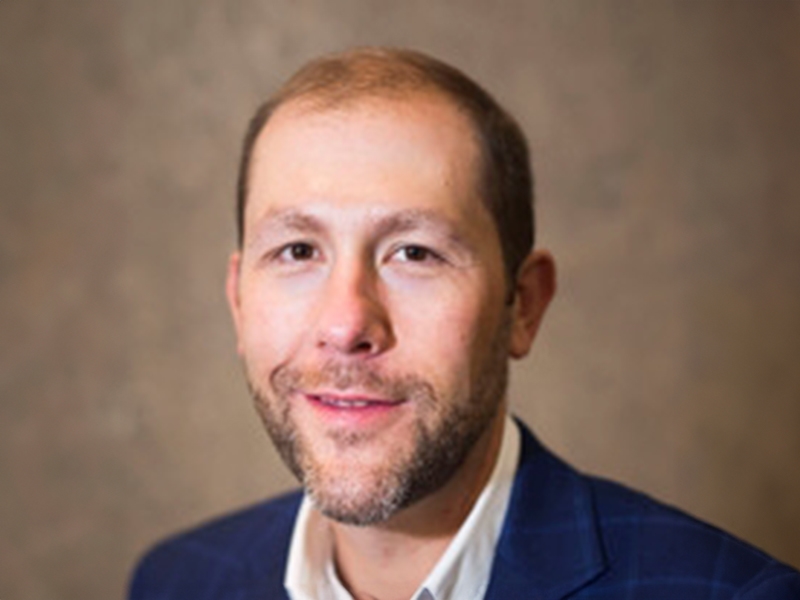
The Arkansas Integrative Metabolic Research Center will host Jamey Young, the Cornelius Vanderbilt Professor of Engineering at Vanderbilt University, at 12:55 p.m. Wednesday, Oct. 18, in Bell Engineering 2267. Young will discuss using ¹³C metabolic flux analysis (MFA) to investigate physiology in cultured cells and in vivo models using PIRAMID and INCA (developed by Dr. Young's lab).
Abstract: ¹³C metabolic flux analysis (MFA) is the gold standard approach for quantifying rates of biochemical reactions in living cells and tissues. It has been widely applied to assess the metabolic phenotypes of industrial host organisms, but it is now being increasingly used to investigate metabolic physiology in cultured cells and in vivo models. Over the past decade, Young's lab has established novel ¹³C MFA tools and approaches that enable us to probe entirely new aspects of metabolism previously inaccessible to measurement. In particular, he has developed publicly available software packages PIRAMID and INCA that automate the computational workflows of ¹³C tracer analysis and data modeling. He will discuss several ongoing studies where his lab has leveraged ¹³C MFA to investigate metabolic disease mechanisms in cultured cells and animal models. These studies have established ¹³C flux analysis and the INCA software suite as a comprehensive platform to map intermediary metabolism in a wide range of biological systems.
Biography: Young is the Cornelius Vanderbilt Professor of Engineering at Vanderbilt University. He is also the director of graduate studies in chemical engineering and director of the interdisciplinary training in engineering and diabetes T32 program. His research uses stable isotope tracers, metabolomics measurements and mathematical modeling to discover biological mechanisms that regulate metabolism. The ultimate goal is to apply this knowledge to identify metabolic pathways that can be targeted for the treatment of metabolic disorders or engineered for sustainable biomanufacturing of chemicals and pharmaceuticals. He was awarded the NSF CAREER Award in 2010 and the DOE Early Career Award in 2012, and he was elected to the AIMBE College of Fellows in 2023. His lab developed the first publicly available software package (INCA) capable of isotopic steady-state and nonsteady-state ¹³C flux analysis. INCA has been licensed over 1,000 times for academic use and by a dozen different biotechnology companies. Young was a co-founder of Metalytics Inc. and is on the editorial board of Current Opinion in Biotechnology.
For those unable to attend in person, this seminar will also be available via Zoom.
Topics
Contacts
Kimberley Fuller, managing director, AIMRC
Department of Biomedical Engineering
479-575-2333, fullerk@uark.edu